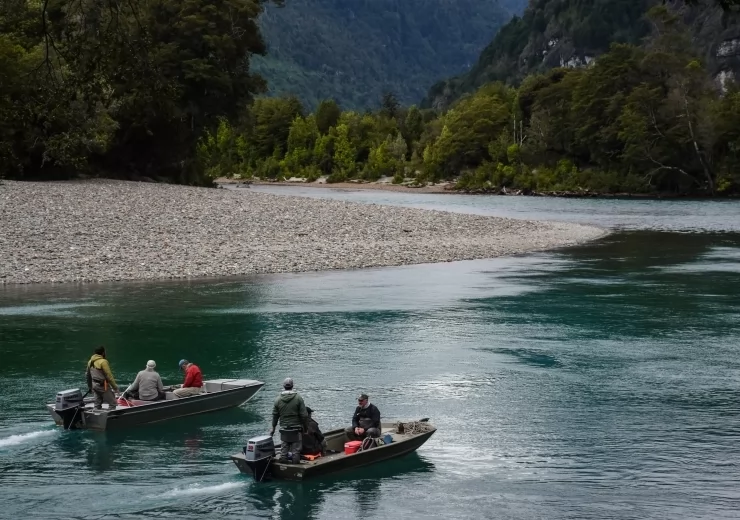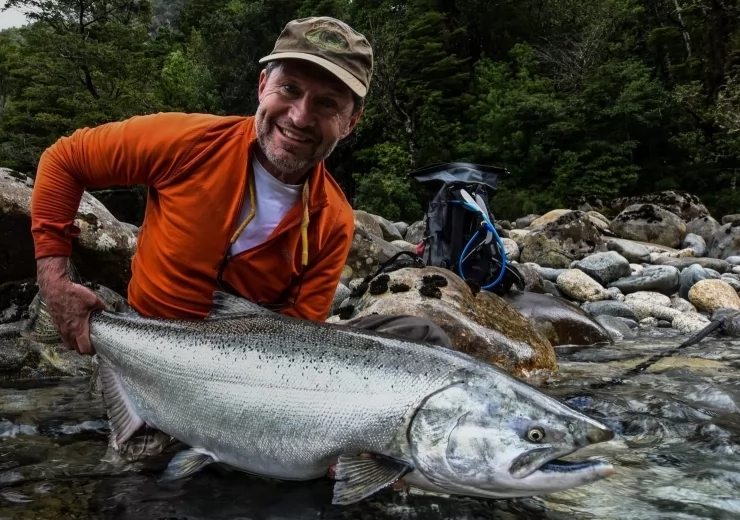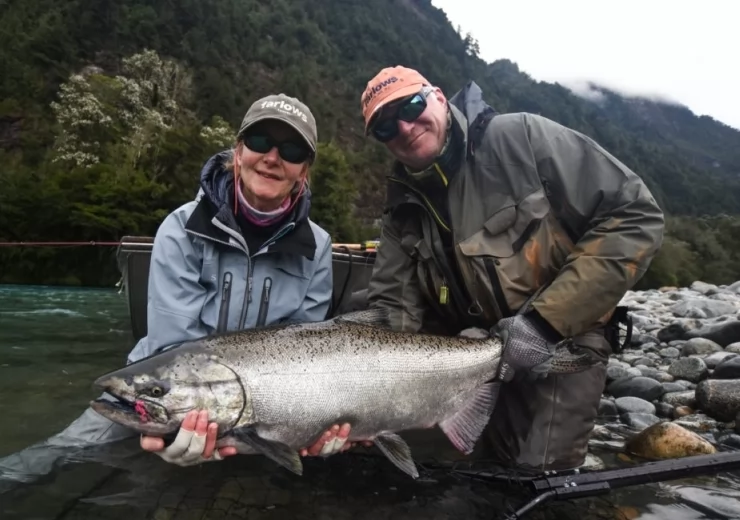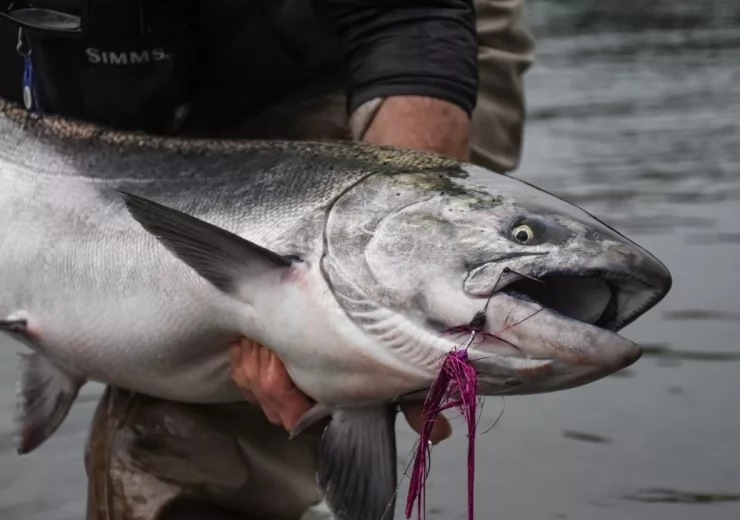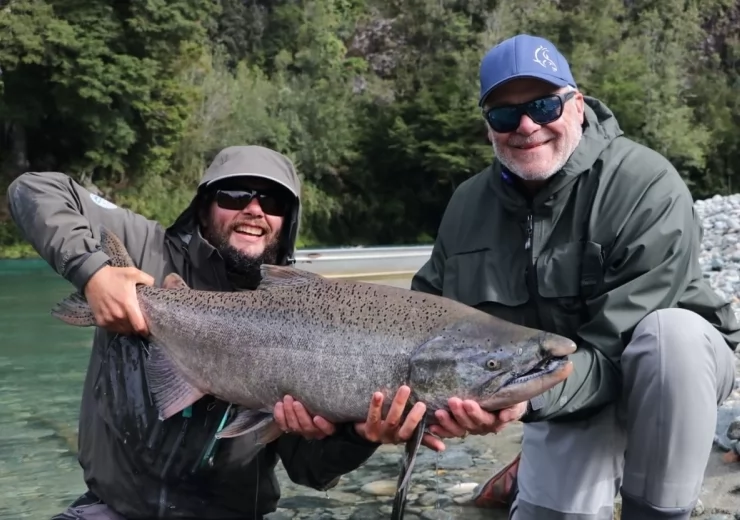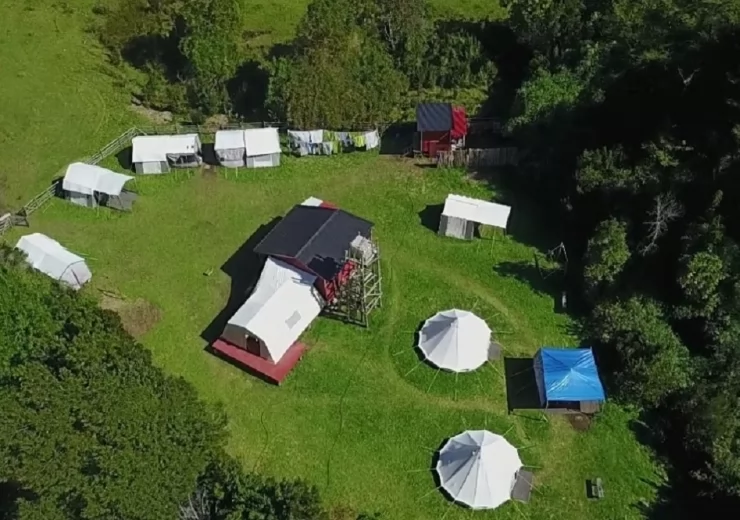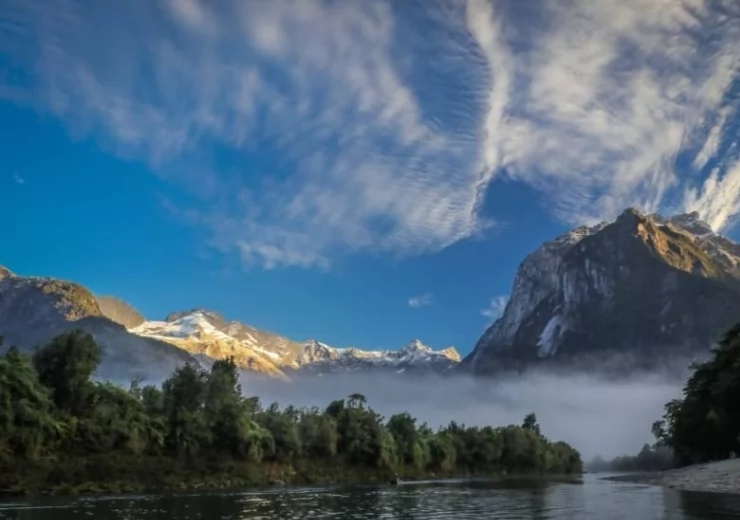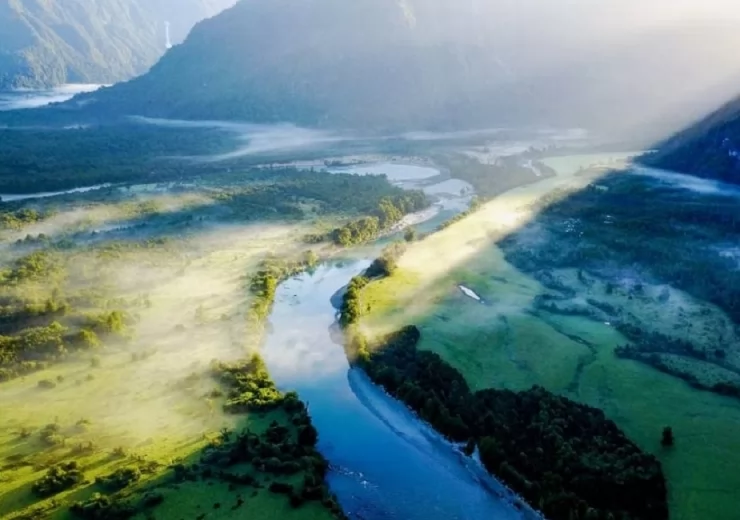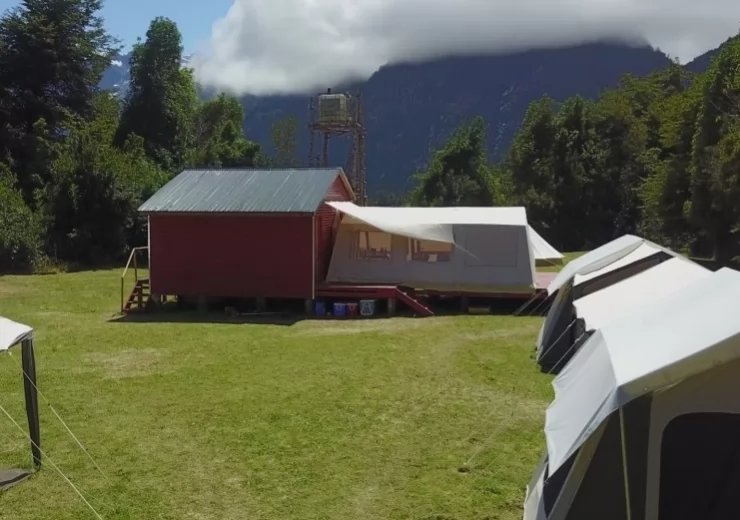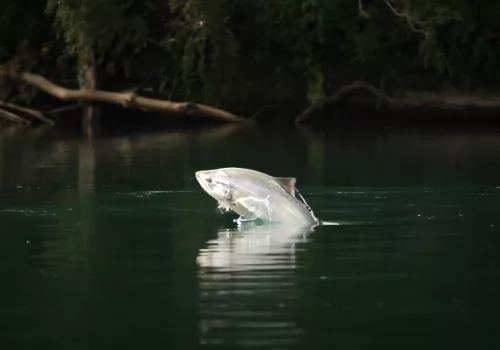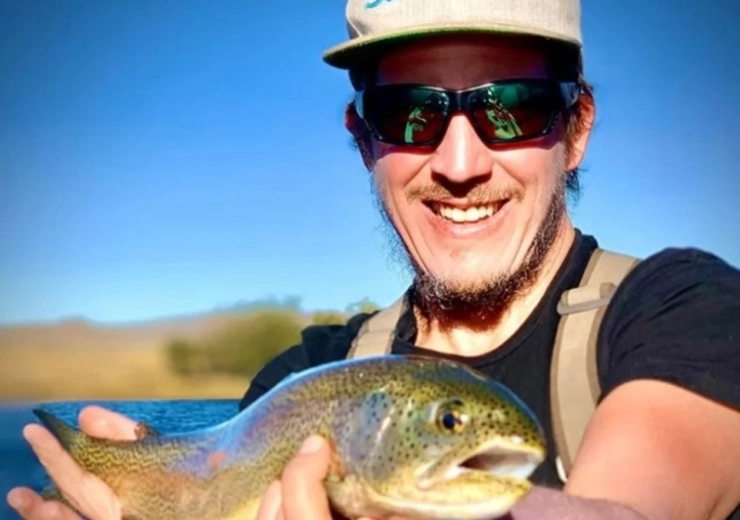NEWS & REPORTS
Austral Kings Camp- End of Season Report
A reflections on another rewarding season in Austral Kings Camp!!
Overall fishing
The second week of January was our opening week. Conditions of the river were ideal, but due to a delay of the King Run, fishing was more difficult than what we thought. Normally we would be expecting the first big run in Early January but, unfortunately, the first ”big run”, lacked good numbers of fish, which made fishing very tough. Anadromous fish behave in tune with mother nature, and the popular theory was that unseasonably warm oceanic temperatures delayed the run up and down the Chilean coast. But given the unbeatable scenery and incredible guests, Austral Kings crew did their best against rough times and persisted using techniques that worked in previous seasons. This reminded us that even if you think you know, nature is always going to be unpredictable!
Weeks went by and helped by extraordinary tides and sporadic light rains, fish started to get into the river and showing in the first pools. With this increase of activity for the rest of the season, giving us good fishing weeks, like the Scottish group, at the end of February they managed to hook fish almost every session. During March, with an already good amount of fish in the river, fishing remained stable. Not only that, several spread freshets of rains helped the river to remain in good shape and giving the salmon a good reason for fresh salmon to enter the river until our last groups departed. Besides a very unusual slow start, we are glad to say fishing evolved positively towards mid to end of the season. Our top rod was Bob De Bernardi, hooking around ten fish, and landing seven. His biggest was a 114 cm x 60 cms.
Fishing techniques
For deeper pools, the best results were obtained with fast sinking shooting heads fishing from the boat in order to present the fly right where the fish are. When swinging in channels and tail outs we mostly used Skagit lines, full floating, floating intermediate, and sinking tips: 12 to 15 foot T14, T17; T20). Long leaders and tiny flies work very well in low river and clear waters, but, at the opposite end, short leader and big flies in high river.
Flies
As any other anadromous fishery, it all depends of the river conditions. In lower and clearer water we used tiny conehead tubes, like Red Frances to sunray shadows or classic King flies comets or skinny string leeches. For higher and colored water we went to medium/big patterns like intruders, string leeches, and Snaeldas!. All flies had combinations of chartreuse, black, blue or pink. And of course we are always testing new patterns made by the guides! But that’s secret!!
Summary
A fair summation of the season was that we had an unexpected and difficult start, but ending positively with many satisfied anglers. Not only this river, but all chinook rivers along Southern Chile suffered the late run this season. Some people are pretty sure that the phenomenon of La Niña whit lower temperature in the Pacific Ocean than the average really affects the migratory behavior of the fish. But thanks to our staff, clients were able to be comfortable during our days spent together.
After three years running Austral Kings camp, we still have a lot to learn and to develop in southern hemisphere chinook fishing. Without any doubt, between our and anglers’ knowledge, we believe we are heading the right way. With the pride and motivation of knowing that we are the first ones who built a southern hemisphere chinook fly fishing operation, we enthusiastically continue to learn the secrets of the Austral King.
We are already looking forward to our next season, and waiting for you to join us for our next challenge.

